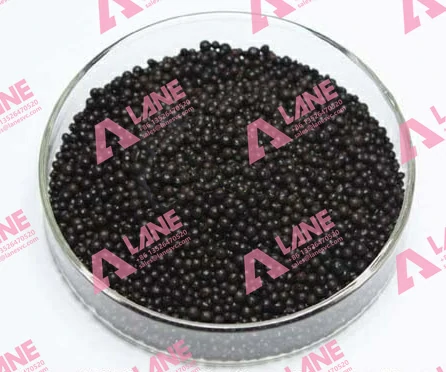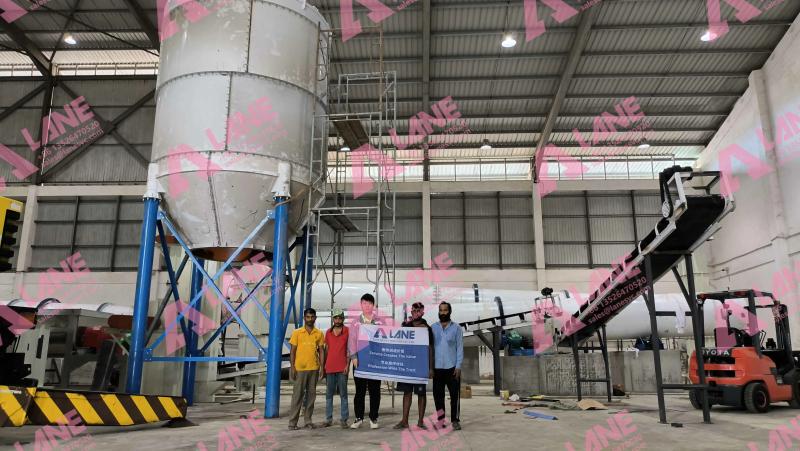You have a huge indoor garden or greenhouse. You regularly feed your plants with organic indoor plant fertilizer. You are avoiding chemicals and nurturing your plants with organic fertilizer to improve their soil ecosystem, but sometimes even with the best intentions, things go wrong. Leaves yellow, growth stalls and sometimes mysterious fungus develop on the soil.
The problem is not with the soil, plants or fertilizers. But how we use fertilizers on the soil. Organic indoor plant fertilizer works differently than synthetic fertilizers. Treating them same as chemical liquid fertilizer might lead to verity of problems.
In this article, we will discuss about five most common mistakes we make when applying organic indoor plant fertilizer and how to fix them for a thriving indoor lush plant.

Mistake 1: The “More is Better” Mindset
This is the most cardinal sin of fertilizing. When it comes to organic fertilizer, we always assume over application of it cannot bring any harm. This is a dangerous myth.
While organic indoor plant fertilizer is generally gentler and slow released, they can still cause fertilizer burn. Overapplication leads to toxic salt build up inside the soil. Which draws moisture out of the roots. Signs include yellowing or browning leaf tips and margins, wilting despite wet soil, and a white, crusty layer on the soil surface
Always follow the label instructions. When you are in doubt, dilute further. Many experienced gardeners use a half strength solution for their regular feedings. especially for slow-growing or sensitive plants. You can always add more fertilizers but you can’t take it out once its used.
The Fix: Always follow the label instructions. More importantly, when in doubt, many experienced gardeners use a “half-strength” solution for their regular feedings, Remember, you can always add more, but you can’t take it out.
Mistake 2: Fertilizing at the Wrong Time and Season
Unlike humans’ plants always follow the light. A common error is always following the same schedule. When the days are shorts the schedule should be changed.
During the winter months, most indoor plants enter a period of slowed growth. They are not actively photosynthesizing at that time. Using regular fertilizer schedule will lead to salt buildup and potentially harm the delicate soil microbiome.
The only fix is to sync the feeding schedule with the seasons. Fertilize activity during the spring and summer when plants are in their prime growth phase. In the fall and winter, reduce or stop fertilizing altogether.
Mistake 3: Using Fertilizer as a “Cure-All”
When a plant looks sick, our first instinct is often to feed it, which adds more stress to the plant.
Symptoms like yellowing leaves, drooping, or leaf drop are often caused by non-nutritional issues. Adding a fertilizer to a plant already struggling with root rot from overwatering will only accelerate its decline. The problem isn’t a lack of food, but an inability to absorb it .
You have to check other issues before you reach for the fertilizer bottle. Check for soil moisture, inspect the leaves and steams for pests, assess the light levels. Only fertilize plants that has overall slow development even though it is healthy.
Mistake 4: Neglecting the Soil’s Biology
This mistake is unique to organic gardening. Synthetic fertilizer feed the plants directly while organic indoor plant fertilizer is part of a symbiotic relationship. It doesn’t feed the plants it feeds the microbes in the soil, which then break it down into a form the plant can use
If your soil is, or you constantly drench it with harsh chemical treatments then the microbial life of the organic fertilizer will die. The fertilizer will just sit their largely unused. This leads to a lack of results and frustration.
Nurture your soil ecosystem. If your soil is sterile and compacted then add healthy soil or ingredients like perlite or coco coir.

Mistake 5: Assuming All Organic Fertilizers Are Created Equal
Not every organic fertilizer is created equal. Picking up any bag or bottle labeled organic and assuming it will work for every plant is a recipe for imbalance. Not all organic indoor plant fertilizer blends have the same nutrient profile.
Every plant is different and has different dietary needs. A high nitrogen blend is fantastic for promoting lush, green foliage on your Fiddle Leaf Fig or Philodendron. However, using that same fertilizer on your blooming orchid or African violet, which requires more phosphorus to support flowers, will result in green leaves but no blooms.
Learn more about the NPK ratio. This stands for Nitrogen-Phosphorus-Potassium. Foliage plants normally require balanced or nitrogen heavy blend while flowering plants requires higher phosphorus.
By avoiding those common mistakes, you can master organic indoor plant fertilizer application.

For more details, please feel free to contact us.
Henan Lane Heavy Industry Machinery Technology Co., Ltd.
Email: sales@lanesvc.com
Contact number: +86 13526470520
Whatsapp: +86 13526470520